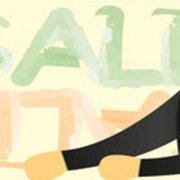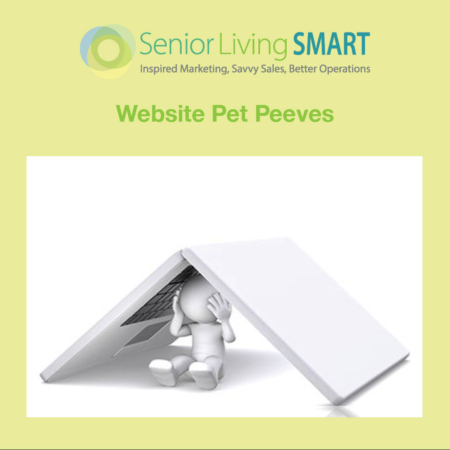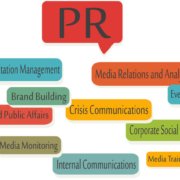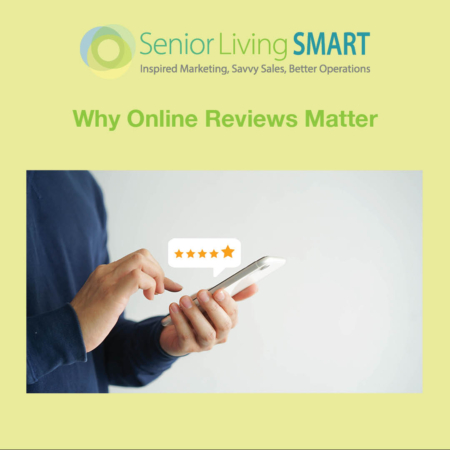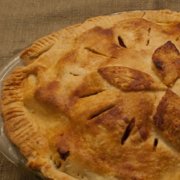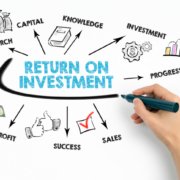Senior Living Sales Tips: Turn Your Stand-Up Meeting into a Huddle
Football is a great analogy for the sport of senior living sales. Teams need strong offense and defense to succeed. “Coaches” (sales managers) provide strategies and tactical insights. The “players” (sales team) execute the plays.
And, yes—we can go even deeper with this analogy.
We have sales and marketing teams playing offense by moving leads forward with a series of advances. Resident care teams play defense by holding the line on move-outs. Executive directors play the quarterback position, directing team members to execute the down. Department managers represent specialty teams, keeping residents engaged and families happy. Regional and corporate support teams fill coaching roles to round out the team.
This year, resolve to get more out of your stand-up meetings by running it like a football huddle. Here’s how…
Senior Living Sales Tip: Gear Up
Just like a football huddle, your “huddle” should be a quick check-in to make sure that information is exchanged and everyone is on the same page.
Preparation is key to keeping the huddle quick, productive, and on track. Stand-up meetings are opportunities for teams to connect at the start of the day to share relevant and time-sensitive information. Use the Daily Stand-Up Report to communicate everything the team needs to know. (We’ve created a ‘Daily Stand Up Report’ for you. It’s free! Download the template now.)
Senior Living Sales Tip: Keep it Snappy
The most effective football huddles communicate information clearly and quickly. You need to do the same:
- Ask everyone to stand. It’s called a “huddle” for a reason, right? You’d never expect football players to scatter, sit, or lounge on benches. Demand the same from your team: have everyone stand. Standing forces people to think on their feet—literally – and it ensures the meeting moves along.
- Choose a time and be consistent. In football, a huddle takes place at the beginning of (almost) every play. The players know when to expect it, along with the coaches and fans. Do the same with your huddles. Start on time with whoever is present – don’t wait for stragglers.
- Focus only on what’s necessary. In a football huddle, the focus is on the next play only. That’s it. You need to do the same with your huddle. Limit the scope. Have a flip chart available to create a “parking lot” of issues and topics that are better addressed in a team meeting or 1:1.
- Know when to ditch the huddle. In football, there’s the “hurry up offense” where the team forgoes the huddle in order to get a play off quickly. There will be times when it makes sense to cancel or ditch a regularly scheduled huddle: a state inspector has just walked in, for example. Or it’s a big holiday week. Use your judgment.
Senior Living Sales Tip: Call the Plays
In the huddle, the quarterback calls the next play. In your huddle, each person will communicate his or her “plays” (updates). The executive director will use the Stand-Up Report as a way to engage each “player” (director), encouraging him or her to share updates. (Download the FREE ‘Daily Huddle Tools’ Training Guide.)
Senior Living Sales Tip: Celebrate the Touchdowns
Keep your huddles quick and focused. Then, step back and watch your players execute their plays during the day, resulting in “touchdowns” (success!). Remember to celebrate these successes at a future huddle (the equivalent of an end-zone dance).
By the way, we work closely with senior living sales teams AND marketing teams to get them working better–and SMARTER. Reach out and let’s talk!


